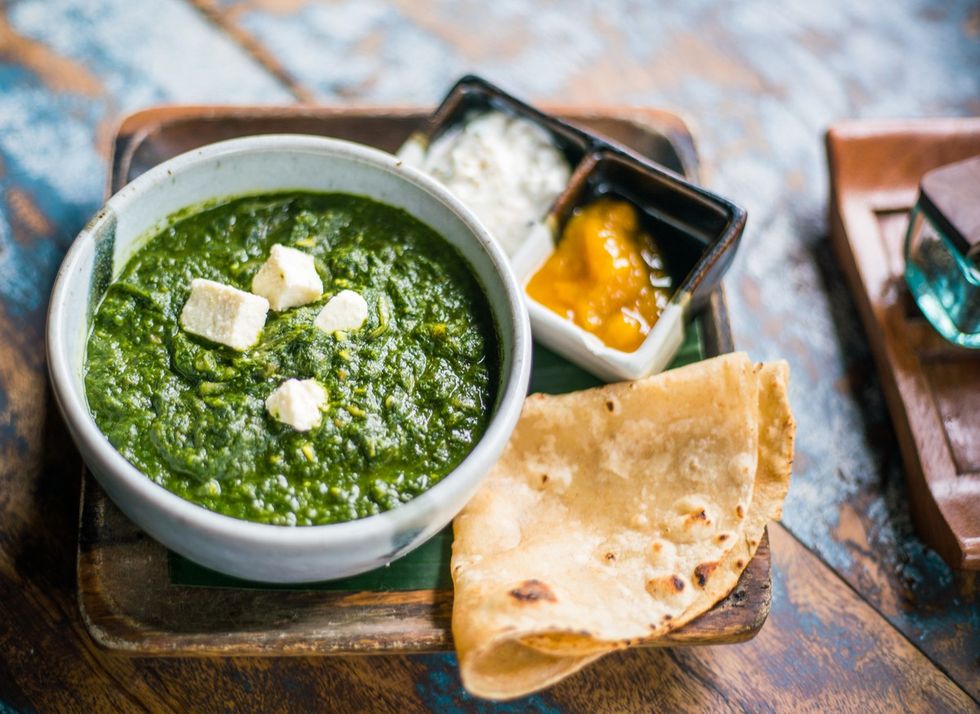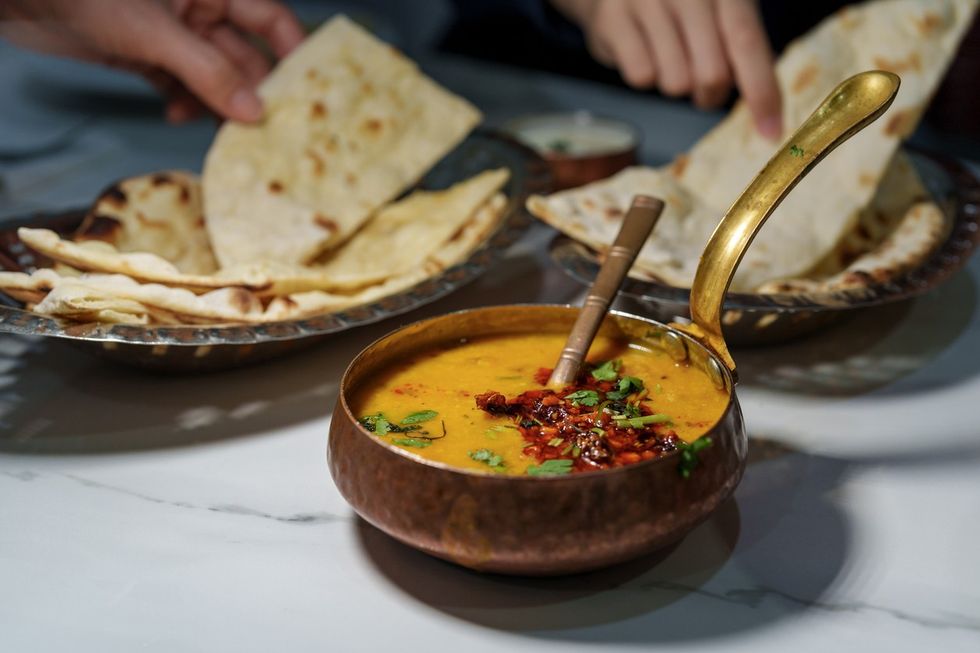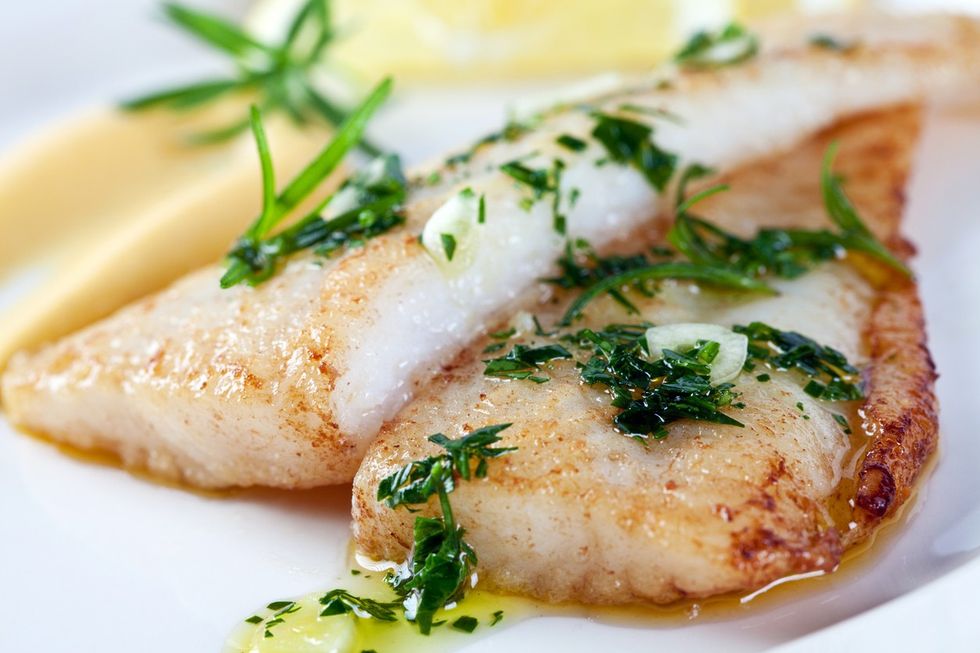Britain is facing renewed pressure from the United States to lift its ban on chlorinated chicken as a condition for tariff relief, following the imposition of sweeping new trade barriers by Donald Trump’s administration. The US president has introduced a 10 per cent tariff on all British exports to the United States, with even steeper levies placed on imports from the European Union.
US tariffs and trade demands
The latest tariffs are part of Trump’s broader effort to address what he claims are unfair trade practices. The White House, in its announcement, criticised the UK’s “non-science-based standards” that restrict American agricultural imports, including poultry and beef. It argued that these trade policies act as non-tariff barriers that disadvantage US exporters.
The demand for the UK to accept chlorinated chicken, a long-standing point of contention- has reignited debates on food safety and trade policy. Despite assurances from the US that the process is safe, the British government has consistently rejected such imports, citing concerns over food hygiene and public health.
What is chlorinated chicken?
Chlorinated chicken refers to poultry that has been washed with a chlorine-based solution to eliminate harmful bacteria such as Salmonella and E. coli. While the practice is legal in the United States, it is banned in the UK and the European Union over concerns that it may mask poor hygiene standards in earlier stages of production.
Critics argue that the need to treat poultry with chemicals points to lax standards in farming and processing. A 2014 study by US-based Consumer Reports found that 97 per cent of tested American chicken samples contained harmful bacteria, with half carrying antibiotic-resistant strains. Additionally, the European Commission has warned that excessive consumption of chlorine-treated poultry could expose consumers to unsafe levels of chlorate compounds.
British government’s stance
Downing Street has reaffirmed its commitment to maintaining high food safety standards, dismissing suggestions that it might soften its stance to secure tariff reductions. When asked about the possibility of allowing chlorinated chicken imports, a spokesperson for the prime minister stated that the UK’s position remains unchanged, citing the government’s manifesto commitment to uphold food safety regulations.
The UK’s shadow chancellor, Rachel Reeves, previously stated in November that Britain must not allow its farmers to be “undercut by different rules and regulations in other countries.” There is growing concern within the agricultural sector that accepting US food imports under lower safety standards could put British farmers at a competitive disadvantage and compromise food security.
Public and industry opposition
Public opinion has remained firmly against the introduction of chlorinated chicken into UK markets. A 2020 poll found that 80 per cent of Britons opposed allowing its importation, with a similar proportion rejecting hormone-treated beef. Concerns extend beyond food safety, as many fear the impact such a policy shift could have on animal welfare and environmental standards.
The farming industry has also voiced strong opposition, warning against any concessions that could weaken domestic food standards. Liz Webster, founder of the advocacy group Save British Farming, has cautioned that agreeing to US agricultural demands would have severe consequences for UK farmers.
“A US trade deal would be devastating for British farming, food security, public health, animal welfare, and the environment,” she stated. “US agriculture is heavily subsidised and relies on intensive, industrial methods—including chemicals and practices banned in the UK. The British public is rightly appalled by chlorinated chicken and hormone-fed beef. We are an animal-loving nation that values high standards, and we must not trade them away.”
Political divisions
The issue has also sparked divisions among UK politicians. Prominent Brexiteer Nigel Farage has previously indicated that he would support allowing chlorinated chicken as part of a US-UK free trade agreement. However, his stance has been widely criticised by food safety advocates and farming groups.
Former prime ministers Rishi Sunak and Liz Truss were both forced to publicly rule out making concessions on US food imports during their respective terms, following significant public backlash. Given the ongoing debate, Prime Minister Keir Starmer may find himself facing similar pressure to uphold Britain’s strict food safety standards while negotiating post-Brexit trade deals.
The road ahead
With the US tariffs now in effect, Britain faces a challenging trade landscape. While some policymakers may push for negotiations to ease the financial burden on UK exporters, any move to accept American agricultural imports under relaxed standards is likely to meet strong resistance from the public and farming communities.
As discussions continue, the UK government will need to balance economic interests with its commitment to food safety and consumer protection. Whether Trump’s administration will escalate pressure on Britain over this issue remains to be seen, but for now, Downing Street appears unwilling to compromise on its long-held stance against chlorinated chicken.


















 The master chef offers simple, easy tips for making tasty and healthy meals at homeInstagram/ thegrande_stratford
The master chef offers simple, easy tips for making tasty and healthy meals at homeInstagram/ thegrande_stratford Always prioritise safety in the kitchenInstagram/ thegrande_stratford
Always prioritise safety in the kitchenInstagram/ thegrande_stratford Avoid overcrowding the panInstagram/ thegrande_stratford
Avoid overcrowding the panInstagram/ thegrande_stratford